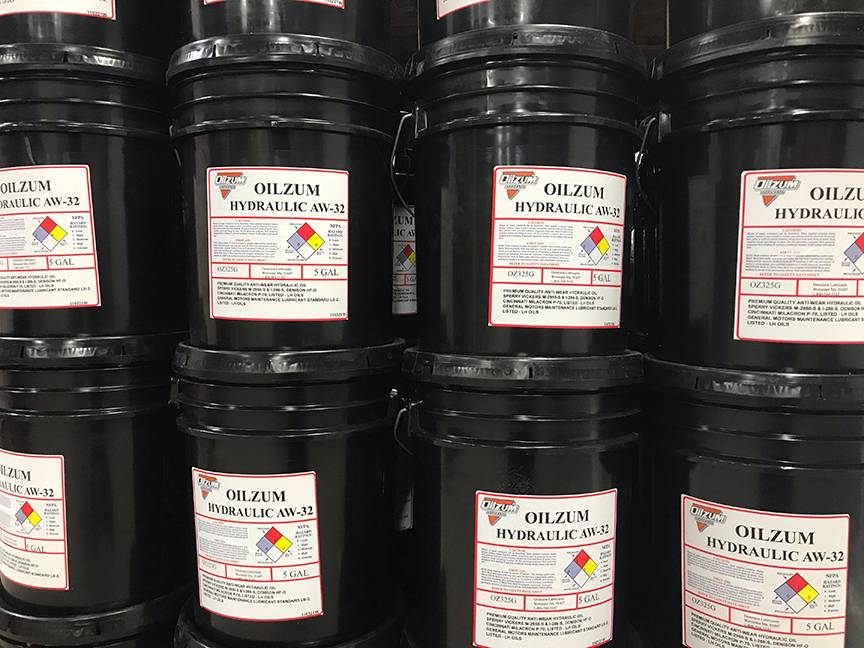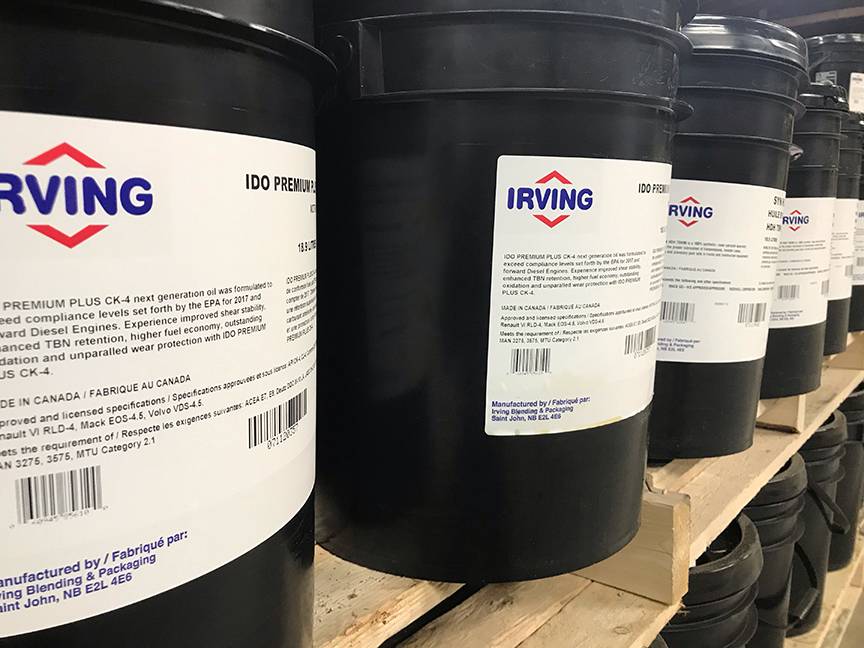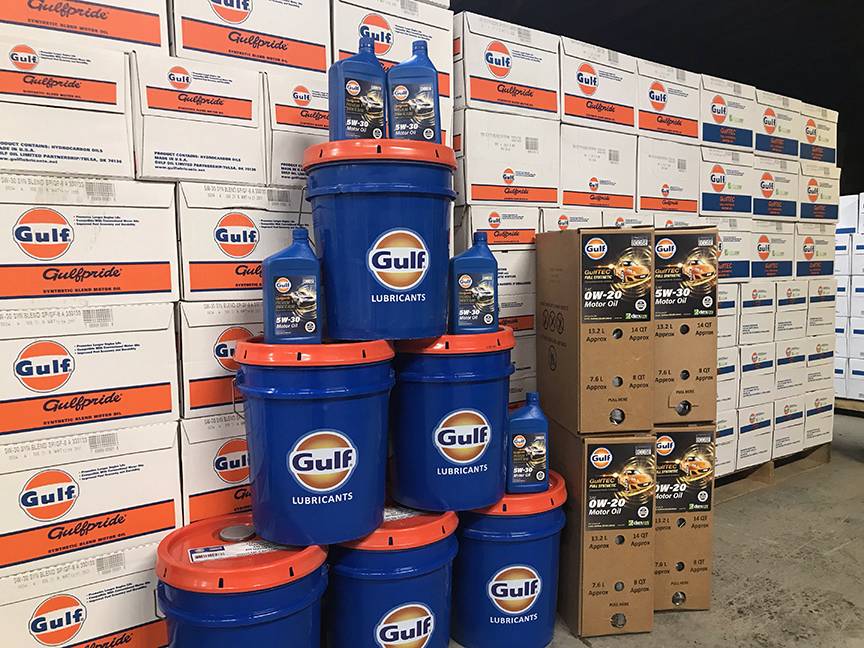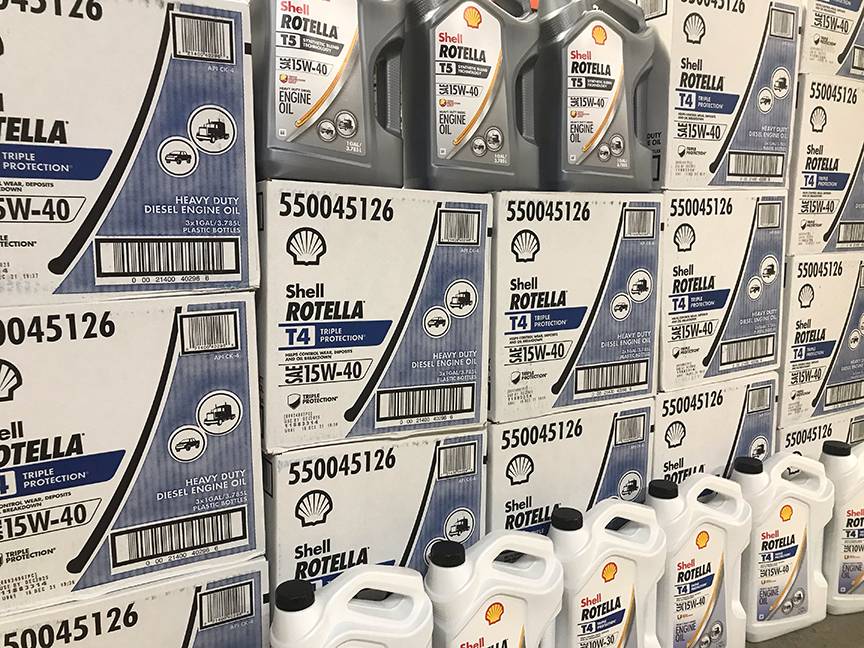



oilzum
Irving
Gulf
Shell
![]() The American Petroleum Institute (API) runs a voluntary program for certifying DEF producers and distributors through its Diesel Exhaust Fluid Certification Program. Suppliers who have been approved by the API display its logo on their DEF products, guaranteeing the quality of your purchase and its suitability for proper SCR operation. API takes random samples in the market to ensure DEF quality.
The American Petroleum Institute (API) runs a voluntary program for certifying DEF producers and distributors through its Diesel Exhaust Fluid Certification Program. Suppliers who have been approved by the API display its logo on their DEF products, guaranteeing the quality of your purchase and its suitability for proper SCR operation. API takes random samples in the market to ensure DEF quality.
All DEF marketers listed on www.discoverDEF.com are API certified.
The production, handling and transportation of Diesel Exhaust Fluid (DEF) are governed by the ISO 22241 standard. The standard covers five main points:
The ISO standards are available for purchase for a small fee from the ISO website.
EPA standards for emissions from heavy-duty diesel trucks have been lowered dramatically since 2001. The EPA guidelines stipulated in 2001 that models manufactured from January 2010 must reduce PM emissions to 0.01 per brake horsepower hour (g/bhp-hr) and NOxemissions to 0.20 g/bhp-hr. A 'phase-in' period allowed NOx emissions of 1.2 g/bhp-hr by 2007. The EPA implemented a bank and trade system for NOx, which meant manufacturers who exceeded the requirements before 2010 (such as Cummins and Navistar) could accrue NOxcredits which could be used to sell models producing emissions above the standard after the deadline. There was no banking and trading of PM emissions.
Selective Catalytic Reduction (SCR) technology uses ammonia to break down dangerous NOx emissions produced by diesel engines into nitrogen and water. In automotive applications SCR delivers ammonia through a urea solution - Diesel Exhaust Fluid (DEF) - which is sprayed into the exhaust stream by an advanced injection system and then converted into ammonia on a special catalyst.
SCR is the technology of choice for the majority of truck and engine manufacturers to meet 2010 emissions standards for heavy-duty trucks.
Aside from helping the environment the biggest benefit of SCR for vehicle owners is the fuel saving which the technology provides. Because SCR deals with emissions in the exhaust pipe, engineers are able to tune the engine to provide more torque and reduce fuel consumption.
For example, Detroit Diesel's BlueTec technology boasts up to 5% better fuel economy and Cummins has said its EPA 2010 technology delivers a 5-7% fuel efficiency saving compared to EPA 2007. However, SCR systems require a regular top-up of DEF.
The technology was first used in vehicles by Nissan Diesel in 2004. Since then Selective Catalytic Reduction (SCR) has been widely implemented on diesel vehicles and by the end of 2010, more than 1 million trucks and buses had been equipped with the technology in Europe alone.
SCR can be implemented in many different ways on a diesel engine. One of the most common configurations includes four steps:
1. Reaction of the exhaust gas with an oxidation catalyst to remove hydrocarbons and convert some NO to NO2.
2. Conversion of urea from AdBlue/DEF to ammonia on a hydrolysis catalyst. This requires injection of the urea solution into the exhaust stream at the correct dosing rate, and in a way that results in no build-up of urea on the walls of the exhaust or on the injector itself.
3. Reaction of ammonia with NOx on an SCR catalyst to produce nitrogen and water.
4. A final oxidation catalyst is often installed after the SCR catalyst to destroy any remaining ammonia. This is sometimes called an ammonia slip catalyst.
For a complete explanation of how this system works in practice, see Detroit Diesel's BlueTechomepage.
The reduction of NOx and particulate matter (PM) has been central to the U.S. Environmental Protection Agency's (EPA) strategy for cleaner air. Since the passing of the Clean Air Act in the 1970s, the EPA has made steps to lower emissions of NOx, PM and other pollutants from road vehicles, electric utilities and off-road equipment, and periodically reviews national air quality standards.
The EPA has a specific responsibility under the Clean Air Act to manage and enforce emissions limits at a federal level. It sets the limits for emissions standards for diesel engines and takes actions against manufacturers who do not meet the standards. It also takes an active interest in the technology choices that are made by the manufacturers (although it cannot express a preference) and assesses their current progress.
Diesel Exhaust Fluid (DEF) is an emissions control liquid required by modern diesel engines. It is injected into the exhaust stream. DEF is never added to diesel fuel. It is a non-hazardous solution of 32.5% urea in 67.5% de-ionized water. DEF is clear and colorless, and looks exactly like water. It has a slight smell of ammonia, similar to some home cleaning agents. DEF is used in by Selective Catalytic Reduction (SCR) technology to remove harmful NOx emissions from diesel engines.
In January 2010, the U.S. Environmental Protection Agency (EPA) brought in new emissions standards requiring medium- and heavy-duty vehicles to significantly reduce engine emissions, particularly NOx and particulate matter (PM). Vehicle manufacturers use SCR to meet these standards. DEF is sprayed into the exhaust, breaking down NOx gases into nitrogen and water using an advanced catalyst system. As a result most new diesel trucks, pickups, SUVs, and vans are now fitted with SCR technology and have a DEF tank that must be regularly refilled.
EPA set the emissions standards to improve air quality. NOx and PM emissions are associated with a wide range of health problems including respiratory and cardiovascular diseases, aggravation of asthma, acute respiratory symptoms, chronic bronchitis and decreased lung function. The EPA estimates that the emission standards will prevent 8,300 premature deaths, more than 9,500 hospitalizations and 1.5 million work days lost due to illness, saving approximately $70.3 billion by 2030.
SCR is a so-called "aftertreatment" technology, which means that it destroys harmful emissions after combustion. This gives manufacturers greater scope to tune engines to improve fuel efficiency and increase power. Owners of SCR vehicles enjoy greater reliability and longer oil change intervals, which add up to impressive operating cost savings over the life of the vehicle.
THIS INFORMATION PROVIDED BY https://www.discoverdef.com/def-overview/
MPG Lubricants a Division of Maine Potato Growers, Inc. | 50 Parsons Street, Presque Isle ME 04769